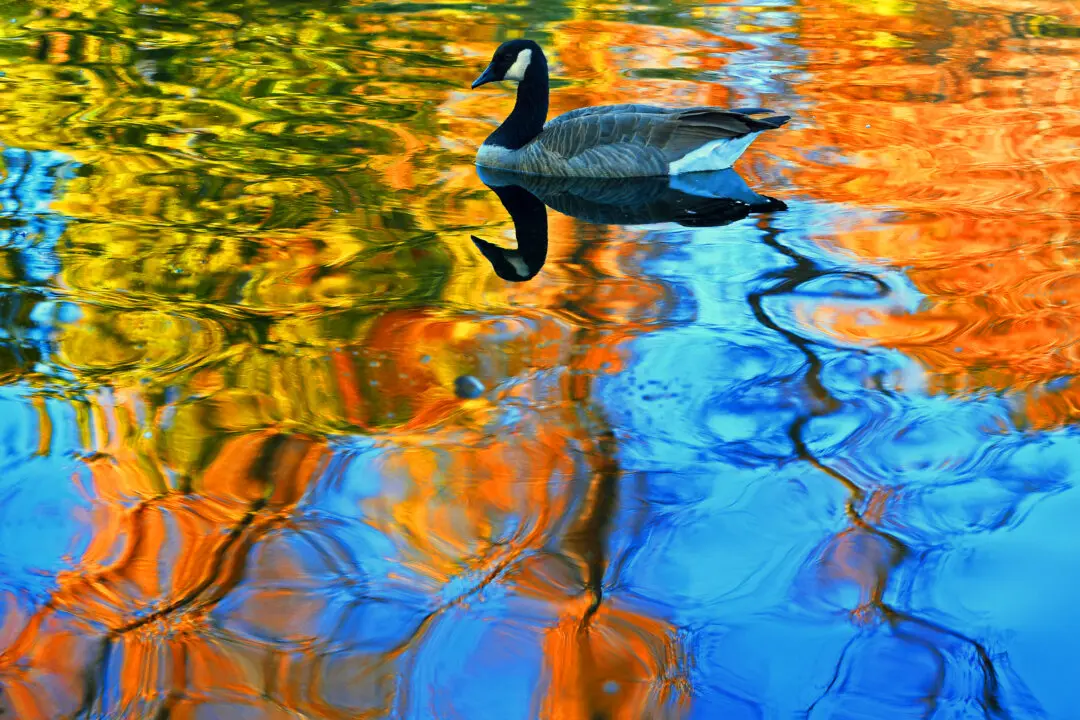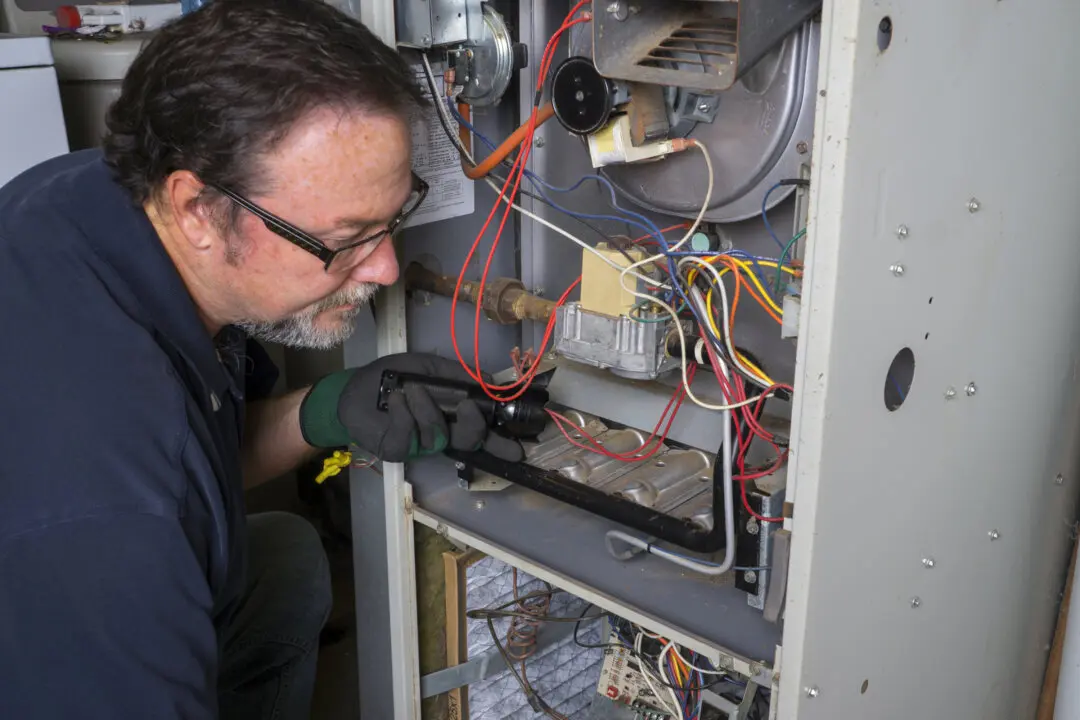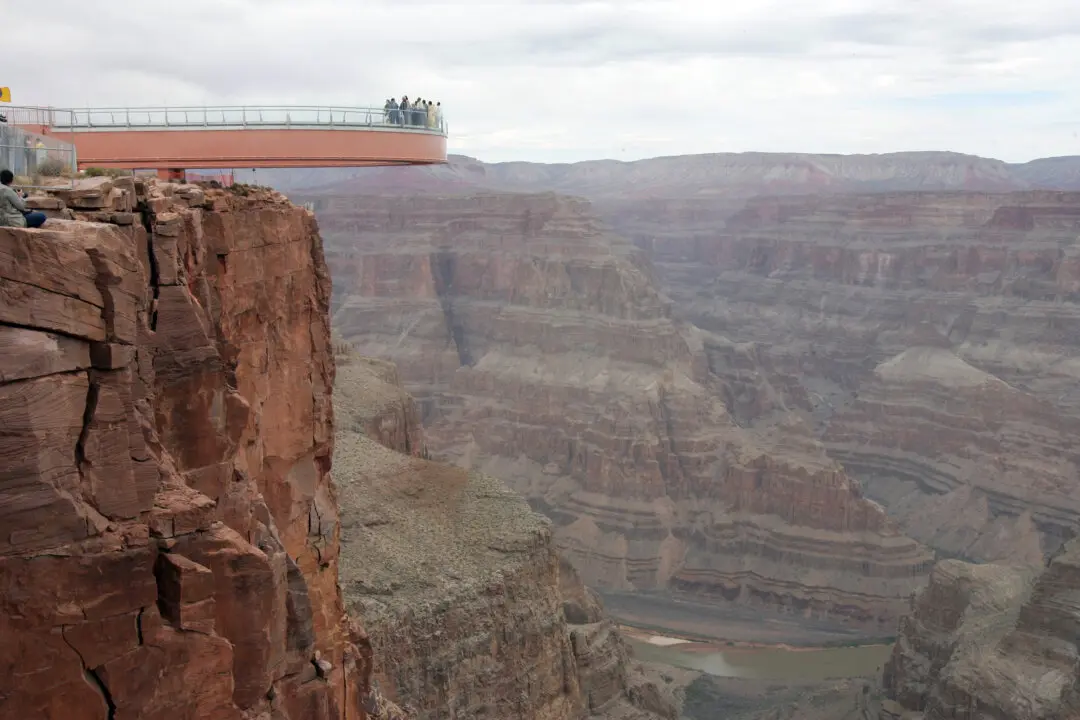For a whale-watching cruise there’s Boston, for a dolphin-watching cruise, Miami, but for a bat-watching cruise, go to Austin, Texas.
From late spring to early fall, 1.5 million freetail Mexican bats take off nightly from their hangout (literally) under the Congress Avenue Bridge in search of food.
Onlookers line the bridge spanning Lady Bird Lake, but cruise boats dedicated to bat watching will get you closer to the action—too close and you may even leave with an unwanted souvenir in the form of bat poop.
Weird? Maybe, but so is Austin. It has officially been so since 2000 when a local businessman called an Austin radio station to promote one-of-a-kind businesses.
What resulted was an obsession with all things local and a slogan, “Keep Austin Weird.” (For those touting Portland as the slogan’s originator, that city’s claim to weirdness came in 2003. But it gets credit for knowing a good idea when it heard one.)
Austin is on everyone’s radar these days. A diaspora of dissatisfied folks from other parts of the country are moving to Texas’ capital city at the rate of 150 a day.
But if you’re just visiting, you’re in good company. According to Visit Austin, the city’s tourism arm, in 2022, some 30 million travelers spent $8.2 billion in the city.
Just what is it about Austin?
For starters, it’s about the music, and not just mega festivals Austin City Limits and SXSW. Dubbed America’s live music capital, Austin has its own toe-tapping, finger-snapping, heart-thumping, adrenalin-pumping soundtrack.
Go to Sixth Street and make your first stop Antone’s, where Stevie Ray Vaughan first sang the blues. Or head to the Broken Spoke on South Lamar, a true Texas dance hall, or for country/western, the Little Longhorn Saloon, original home of Chicken Sh—Bingo, has been Austin’s favorite honky-tonk for nearly half a century.
People come for the music, but also for the casual, outdoors-oriented lifestyle. Kayaking and paddle-boarding provide a view of the skyline from Lady Bird Lake, which in true Austin fashion is not really a lake but a river.
The lake was created from a dammed portion of the Colorado River, which once flowed unimpeded through the city.
With daily temps running above 100 degrees on my most recent visit, I bypassed the 10-mile hiking and biking trail along the lake, seeking instead alternate forms of (air-conditioned) entertainment.
I had no trouble finding them. A visit to the state capitol building is a must. The red granite Italian Renaissance style building is modeled after—but taller than—the U.S. Capitol.
On a self-guided tour, check out the rotunda with its impressive dome and whispering gallery, the painting in the south foyer depicting Mexican general Santa Anna’s surrender at San Jacinto, and a sculpture of Sam Houston, the Republic of Texas’ first president.
Not on the capitol grounds but a few blocks away on Congress Avenue is a sculpture of a woman lighting a cannon. She’s Angelina Eberly, and without her Texas’ capital would be Houston.
In 1842, President Houston dispatched a regiment of Texas Rangers to appropriate the state archives and bring them to his namesake city where a new capital was to be established. Outraged at their audacity, Eberly fired off a six-pound cannon, in the process blowing a hole in the Land Office building.
For once, the Texas Rangers didn’t get their (wo)man—or even their archives. Hearing the cannon blast, residents chased the Rangers and retrieved the archives, thus ensuring Austin would remain the capital.
A perfect post-Capitol lunch stop is the Driskill Hotel. When wealthy cattleman Jesse Driskill opened it in 1886, it came with a price tag equal to $92 million in today’s currency.






